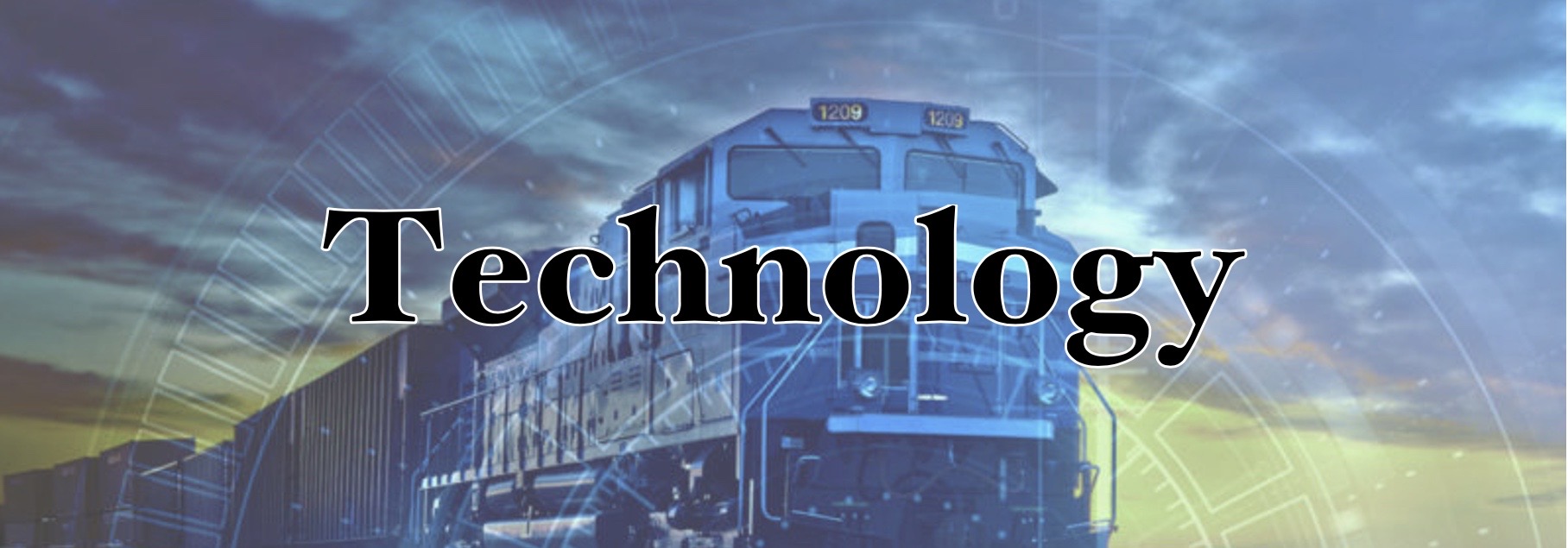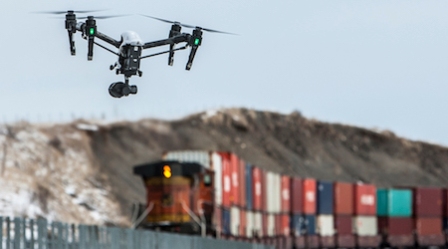
The word railroading brings to mind images of steam locomotives and work crews armed with pick-axes and shovels but one of America's oldest industries is actually a leader on utilizing the latest technology. Thanks to continued investments in railroading infrastructure, freight trains are moving faster, safer, and more efficiently than ever. Realizing the full benefit of technology requires modernized regulations that recognize the value a technologically advanced rail industry brings to the nation.
Safety
Sustained railroad infrastructure investment, adoption of new inspection technologies, the development of better track components, and advancements in inspection and maintenance practices have decreased two of the leading causes of accidents: track and equipment failures. Proactive maintenance helps keep the rail network safe, which drives better service and reliability. Safety technology includes investments like automated track inspection, ultrasonic cars to inspect track steel, and A.I. and predictive machine learning to assist in maintenance. All of these advancements and investments combine to make recent years among the safest on-record for the freight rail industry.
Industry Efficiency
Texas' nearly 50 railroads provide safe and sustainable transportation for thousands of customers as well as access to North America’s rail network. Advanced software, mobile apps, and other programs improve rail operations and customer communication. This improves rail’s ability to move vast amounts of freight efficiently and cost-effectively. Enhanced rail dispatching software, similar to air traffic control systems, helps optimize train movement across the network. Customer application program interfaces provide greater transparency for everything from the location of their products on the rail network to rail car availability.
Emissions
Railroads are the most fuel-efficient way to move freight over land thanks to targeted investments, technology, and evolving operations. One train is three to four times more fuel-efficient than trucks, on average. Railroads are taking steps in every aspect of their operations to reduce emissions further, increase fuel efficiency, and preserve the natural environment. This includes investments in next-generation locomotives with hydrogen fuel cell technologies or that utilize 100% renewable biodiesels. Tier IV locomotives such as these help railroads move one ton of freight almost 500 miles on a single gallon of fuel.
Community Engagement
The freight rail industry extends its commitment to safety beyond its yards and tracks and into the communities through which railroads operate. Railways use technology in multiple ways to keep community members safe, from driver and pedestrian safety initiatives to first responder preparedness. Partnerships with private companies such as Waze provide motorists with up to date information on occupied crossings. The Ask Rail app, a collaborative effort among the emergency response community and America’s freight railroads — provides tens of thousands of the nation’s first responders with immediate access to accurate, timely data about what type of hazardous materials a rail car is carrying so they can make an informed decision about how to respond in the event of a rail emergency.
Security
The nation’s freight and passenger railroads have worked daily with government agencies and security, law enforcement and intelligence professionals for almost 20 years to monitor the nearly 140,000-mile rail network, understand potential threats and protect physical and digital assets. Railroads disseminate, receive, and analyze intelligence daily with public and internal law enforcement, Transportation Security Administration, Department of Homeland Security, and Federal Bureau of Investigation to inform effective security practices, measures and procedures. Railroads have participated in hundreds of security preparedness exercises with local police, emergency responders, and U.S. government departments and agencies. Individual railroads also maintain security training programs and initiatives.

|